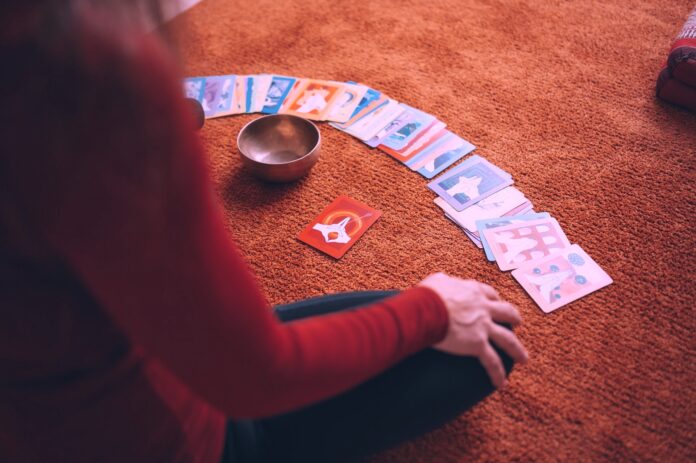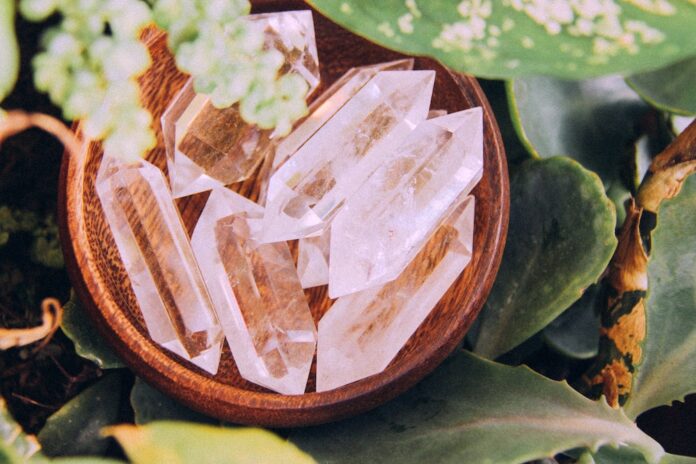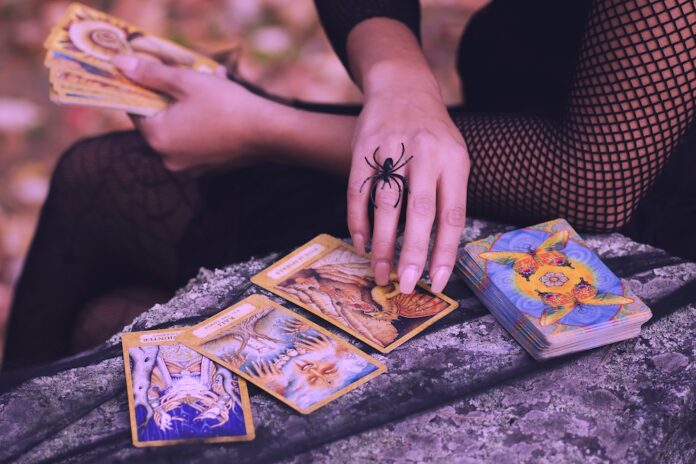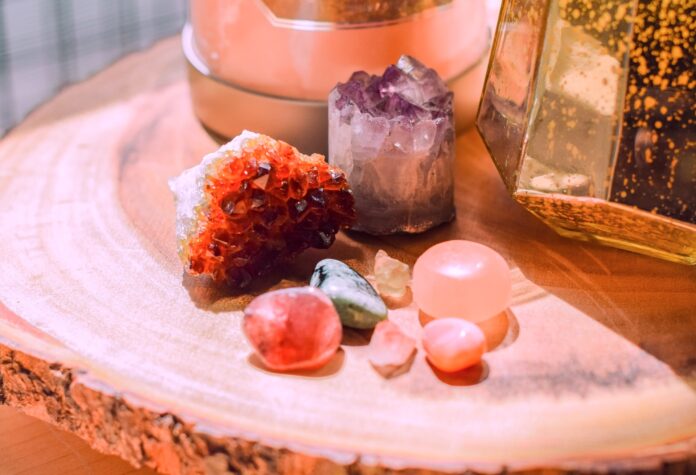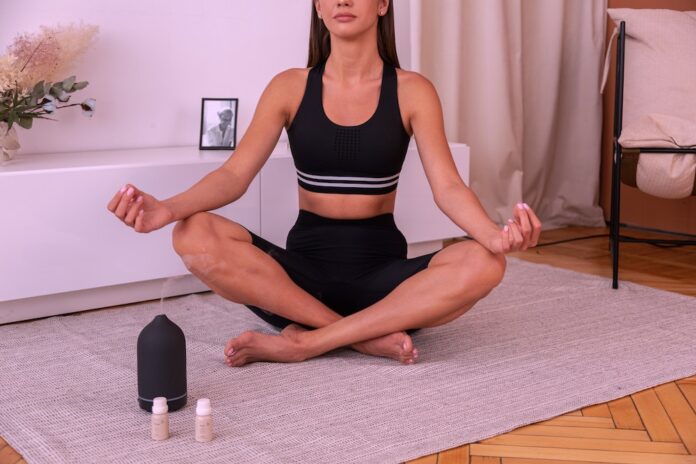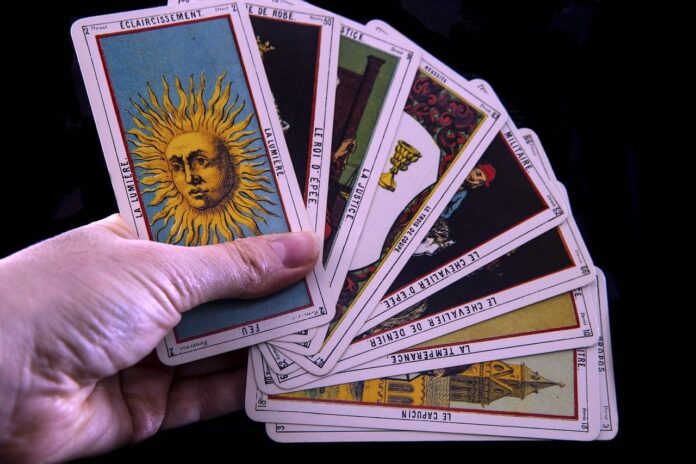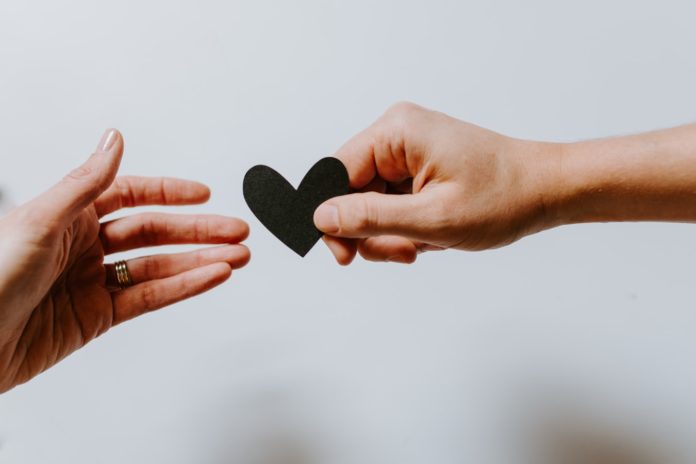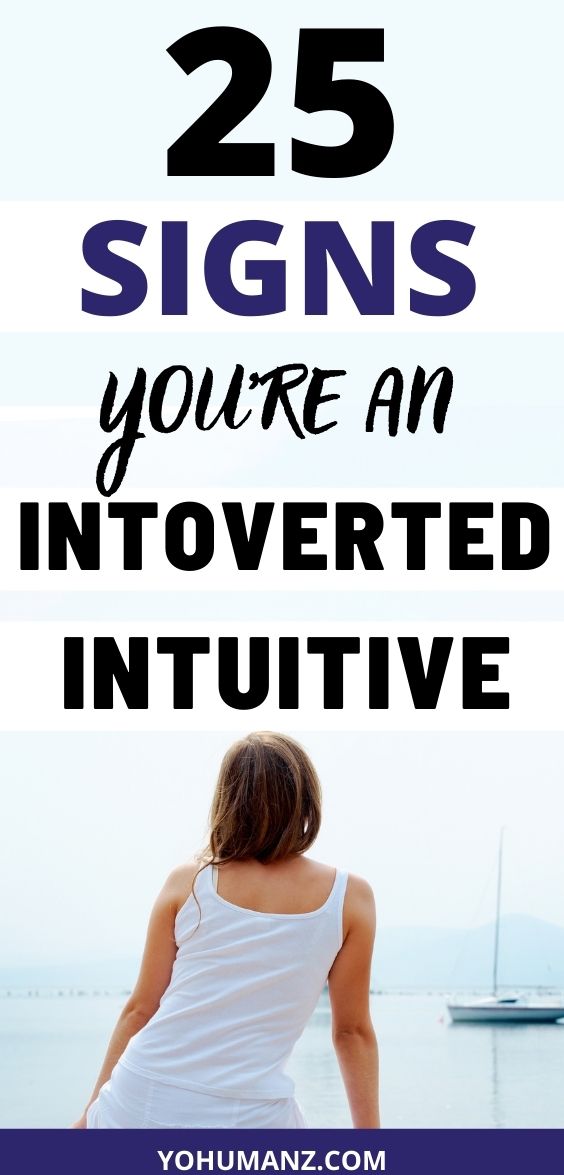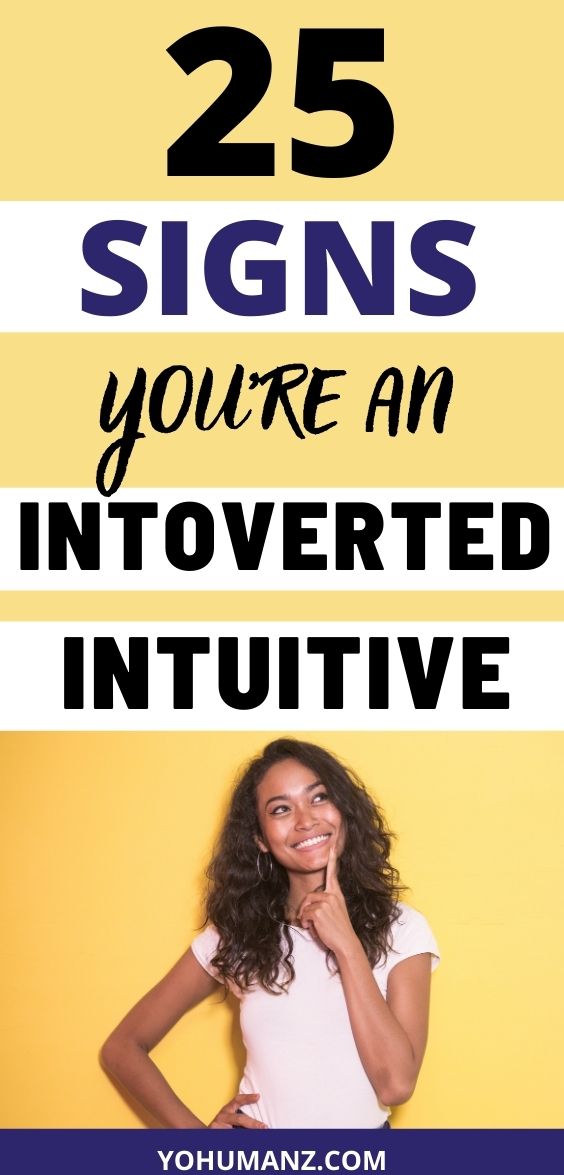3 card tarot spreads are a wonderful way to gain insight quickly.
Whether for love, career, family or health—you can use the cards to gain information using the layouts in this post.
Keep reading for the best 3 card tarot spread ideas.
Table of Contents
4 Tips: Basic Tarot Spread with 3 Card Spreads
Before we jump into our 3 card tarot spread ideas, let’s cover a few basics on using tarot.
- Cleanse deck. Before you use a tarot deck, make sure to cleanse its energy first. You can do this in a variety of ways, so do whatever feels right to you (knock the deck 3 times, use sage smoke, place a crystal on top, etc.).
- Say prayer or intention. With a 3 card tarot spread or any layout, always make sure to say a prayer or intention beforehand. This prayer or intention statement is meant to protect you from negative energies and increase clarity from your guides/angels/higher power/higher you.
- Always seek pro advice first. Remember that, like any spiritual tool, tarot isn’t a replacement for professional advice or treatment. Always seek the appropriate care first (ex. doctor, therapist, etc.)
- Insights over answers. Most of us turn to the tarot for answers—and it may give us those. However, we invite you to view tarot in a more holistic way. Use it as a tool for self-introspection. The ideas, symbols and archetypes in the cards can help you gain different perspectives that can help you handle situations. If you’d like, try journaling about the cards you choose. Refer back to your energies to remember your insights.
3 Card Tarot Spread Ideas: Basic Tarot Spreads
If you’re looking for a basic 3 card tarot spread, scroll through our options below and select the most relevant to your questions.
Triangle of Challenge
If you have a challenge that’s bothering you or that you need to overcome, try this triangle of challenge 3 card tarot spread. For any type of challenge, get a quick overview of the energy around the situation, the problem and what you can do about it. This basic tarot spread helps you determine what you can control within a particular challenge.

- Situation. This card represents the general situation this 3 card tarot spread concerns. What’s this situation about, who does it concern, and which emotions are involved?
- Challenge. Now, you can delve into the particular challenge this situation brings forth. Whether the challenge is relation to a decision, a personal matter, health, family, finances or romance—this card points out the troubles you’re currently having. The challenge may be directed inward, such as a challenging personal decision to make. Or it may be directed outward, such as a challenging boss or co-worker.
- Solution. In this triangle 3 card tarot spread, the last card points to a suggested solution. This suggestion may completely resolve the challenge. However, keep in mind that it’s not always a magic wand that can directly delete challenges. Rather, this card may guide you toward improving the situation, even if the challenge ultimately still exists. This card will focus on what you can control within the situation and how you may personally make peace with it.
Crescent Moon of Creativity
If you’ve been experiencing creative blocks, or just want to ramp up your creativity, this 3 card tarot spread is right for you! The crescent moon often represents creativity and to learn how to best honor that energy, turn to your cards. You’ll begin by learning were you can look for inspiration to spark your creativity. Then you’ll highlight a block you’re experiencing that’s stopping you from creating as much as you wish. Lastly, you’ll learn a tip to overcome that block, leading you to blossom even more creatively.

- Where to look for inspiration. Inspiration can be anywhere around us, but we may not be in the habit of recognizing it. This card will help point out where you should look for inspiration. It could be something within yourself, a challenge, nature, other people—or anything else entirely. Get new gems of creative inspiration by learning different interpretations of the card pulled.
- Something currently holding back your creativity. If you’re using this 3 card tarot spread, it’s likely because you feel something may be holding back your creative energy from its full potential. Although you may already be creative, to fully embrace it, you may need to clear out blocks. This card suggests what may be stopping you from unleashing your full artistic power.
- A tip to overcome that block. Now that you know what’s causing a creative block, how can you fix it? This card suggests ways or ideas to overcome the creative challenge. Consider reading the card inwardly—focusing on your own thoughts, feelings and experiences. And consider reading it outwardly too—focusing on practical advice and more ideas for inspiration.
What You Really, Really Want
As the Spice Girls would say, these cards will tell you want you want, what you really, really want. Whether it’s romance, finances or health related, these cards will show what you want, what’s stopping you and how you might get there sooner. This is a great basic tarot spread to use when there’s something you’re yearning for.

- What you want. In this 3 card tarot spread, this card represents the desire in question during the reading. What are your deepest hopes surrounding it?
- Something holding you back from getting it. This card highlights a factor that’s stopping you from getting what you want. The card may point to blocks in yourself that are affecting your own movement. Or it may point to an external factor, such as someone else interfering with what you desire.
- A suggestion to move closer to what you want. Lastly in this 3 card tarot spread, you’ll learn about what you can to do move closer toward the thing you want. What small or big action can you take? Consider that we don’t always get want we want, but what we need. While the card may bring us toward our realized “want,” it may also bring us closer to what we “need” with an acceptance of it.
Buried Down Tarot Spread
This 3 card tarot spread is a basic tarot spread that’s all about your deep, inner world. These cards will help you uncover the parts of yourself that stay hidden. These revelations will be unknown to those around you, and, most likely, yourself too.

- A deeply held belief about yourself or your life. What’s a belief that you hold about yourself or your life that persists? This is one that’s deeply rooted and so integral to your nature that you might not even realize the belief consciously. Without knowing this, this thought can affect the way we interact and perceive the world, others and ourselves. Uncovering this can act as a pinpoint of where to start working on your thoughts and inner dialogue.
- A situation you haven’t fully healed from. In this 3 card tarot spread, this second card is designed to show you something you still need to heal. You might discover a situation you thought you already healed, but still needs a little work or frequent check-ups. The situation might also be glaringly obvious if it’s one that you’ve struggled to deal with over the past years.
- Something you’re not being honest with yourself about. What aren’t you being honest with yourself about? Knowingly or unknowingly, we can tell ourselves fibs in order to stay comfortable. Unfortunately, this can work against us and prevent us from moving forward. Gaining honesty parts you’ve been hiding from yourself can help you discover clarity.
Healing Isn’t Linear Tarot Spread
This is a great 3 card tarot spread when you need some insight into your healing work. Often, we feel healing should happen because we’re taking all the right steps. However, we might take a few steps backwards before ultimately moving forward. In any case, healing isn’t usually linear. Knowing this, this basic tarot spread helps you highlight something you’re doing that’s already working. To help you move forward through setbacks, it also suggests another idea to take into consideration to help you heal.

- Situation you’re trying to heal from. This card represents a situation you’re currently trying to heal from. In this basic tarot spread, this first card will explain the current energy you’re dealing with in regards to the difficult situation that needs healing.
- A step you’ve made in the right direction. Something that you’ve already done to start or speed up your healing. You should congratulate yourself for doing this because healing can be difficult and you’ve already taken initiative.
- A suggestion to continue healing. What else can you do to facilitate your own healing? This card points to something you can do to support yourself. In this 3 card tarot spread, this card may point toward a realization you need to have or perspective you should consider. Or it may point to practical advice, such as a certain action you can take.
I F’d Up Tarot Spread
This is a good 3 card tarot spread to use when you feel you’ve messed something up. Whether it’s a mistake in regards to your love life, family, health or career, what can you do about it now? Use self-compassion as you work through this basic tarot spread.

- How you F’d up. The first card in this 3 card tarot spread represents how you feel you’ve messed up in your current situation. It may outline the situation, how you feel about it or how others are responding. Try to have self-compassion for your mistake. Try to accept that every human makes mistakes.
- A suggestion to attempt to repair the situation. What can you do to make your mistake better? This card points to a suggestion of something you can do to help “fix” the situation.
- The ultimate outcome of the situation. Will you ultimately fix the situation you messed up? Sometimes, we can try our best to fix a mistake, but it won’t ultimately repair it fully. Other times, an action we take can clear up problems or misunderstandings.
My Biggest Dream Tarot Spread

What’s your biggest dream, what’s in your way and how can you get there? This 3 card tarot spread is designed to answer all those questions, moving you forward on your ultimate path.
- Your dream. The first card in this basic tarot spread represents your dream in question.
- A challenge or obstacle in realizing your dream. What’s preventing you from achieving this dream? This card points to possible things standing in your way. These may be factors you can or cannot control.
- Guidance to move forward toward dream. What step should you take to move closer to your dream? The last card in this 3 card tarot spread will help you get practical on achieving your deepest dreams.
More Basic Tarot Spreads
Do you need more tarot spread ideas? Read our other guides:
- Deepest 10 Cards Tarot Spread Layouts: General Tarot Spread
- Who’s Your Next Lover? 3 Future Love Tarot Spread Layouts
- 6 Card Tarot Spread Layouts: 3 Best Relationship Tarot Spread
- 3 Card Tarot Spread: 5 Easy Options To Unluck The Answers In Life
- 5 Card Tarot Spreads for Relationships, Life, Change
- Tarot Spread for Career Guidance: 3 Layouts for Financial Success
Summary: 3 Card Spread Ideas
Using a 3 card tarot spread is a great way to get quick but insightful answers on some of life’s toughest questions. Scroll through our basic tarot spreads above and use the layout that you resonate with most.


